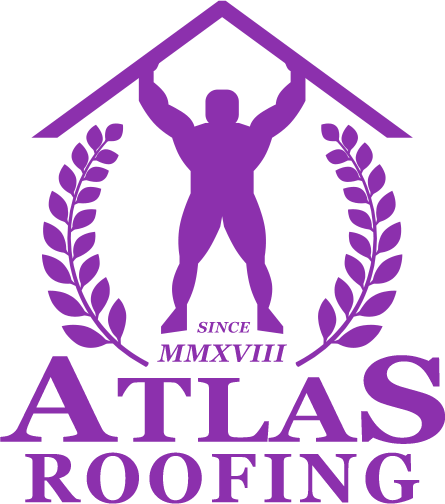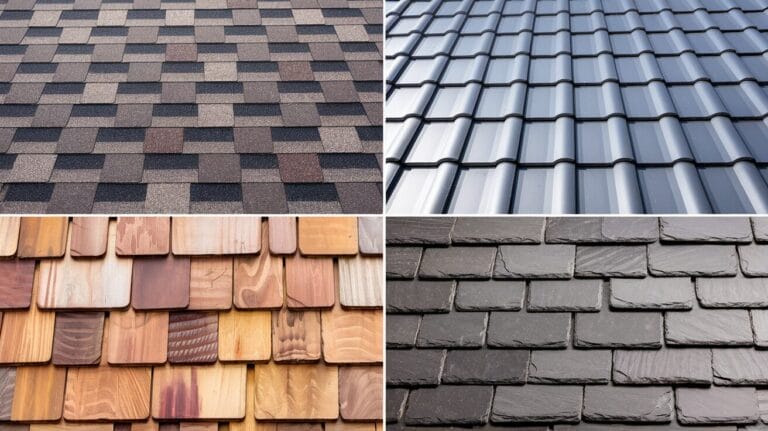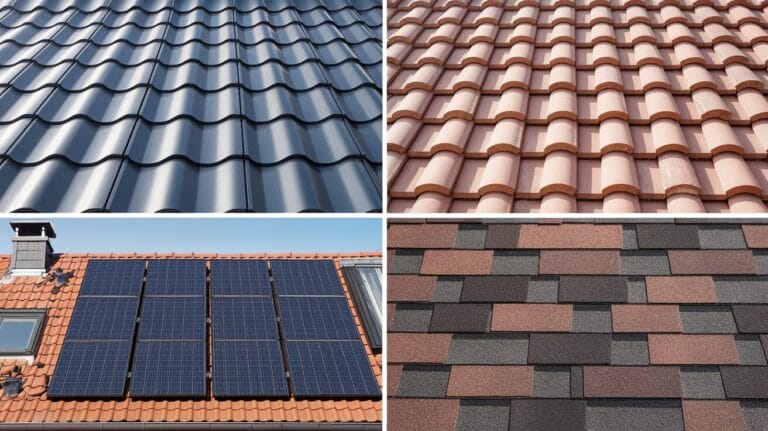
When filing an insurance claim for roof damage, homeowners are often surprised to find that the depreciation check is issued directly to the roofer. This can raise questions about why the payment doesn’t come to them first. The answer lies in the way insurance companies handle claims and payouts for home repairs, particularly for larger projects like roof replacements.
Understanding how this process works can help clear up any confusion and ensure you’re prepared for the next steps in your roofing project.
- Understanding Depreciation Check
- Role of the Roofer in the Claim Process
- Benefits of the Roofer Receiving the Depreciation Check
- Common Misconceptions about Depreciation Check
Understanding Depreciation Check
Before diving into why the roofer gets the depreciation check, it’s important to understand what a depreciation check is. When a homeowner files an insurance claim for roof repairs or replacement, the insurance company typically pays out the claim in two parts: the initial payment, which covers the actual cash value (ACV) of the damaged roof, and the depreciation check, which represents the withheld amount based on the age and condition of the roof.
Depreciation is the reduction in value of an asset over time due to wear and tear or age. In the case of a roof, the insurance company factors in the age of the roof and its expected lifespan to determine the depreciation amount. This amount is withheld initially and is released to the homeowner once the repairs or replacement are completed.
Role of the Roofer in the Claim Process
Now, let’s explore the role of the roofer in the insurance claim process and why they receive the depreciation check. The roofer plays a crucial role in assessing the damage, communicating with the insurance company, coordinating with other contractors and suppliers, and overseeing the roof repair process.
Assessing the Damage and Providing an Estimate
After a hailstorm, windstorm, or any other event that causes damage to a roof, the homeowner typically contacts a roofer to assess the extent of the damage and provide an estimate for repairs or replacement. The roofer examines the roof, identifies the areas that require attention, and calculates the cost of materials and labor needed to restore the roof to its pre-damage condition.
Communicating with the Insurance Company
Once the roofer has assessed the damage and provided an estimate, they communicate with the insurance company on behalf of the homeowner. This involves submitting the estimate, supporting documentation, and any other required information to the insurance company. The roofer acts as the intermediary between the homeowner and the insurance company, ensuring that all necessary details are provided and any questions or concerns are addressed.
Coordinating with Other Contractors and Suppliers
In some cases, roof repairs or replacement may require the involvement of other contractors or suppliers. For example, there may be a need for a gutter replacement or a particular type of roofing material that is not readily available. The roofer takes on the responsibility of coordinating with these other parties to ensure a smooth and efficient repair process.
By working closely with suppliers and contractors, the roofer can ensure that all necessary materials and services are in place when needed.
Overseeing the Roof Repair Process
Once the insurance claim is approved and the repair process begins, the roofer takes on the role of overseeing the roof repair or replacement. This involves supervising the work being done, ensuring that it is up to industry standards and meets the insurance requirements.
Additionally, the roofer ensures that all necessary permits and inspections are obtained throughout the repair process, providing peace of mind to both the homeowner and the insurance company.
Benefits of the Roofer Receiving the Depreciation Check
Now that we understand the role of the roofer in the claim process, let’s explore the benefits of the roofer receiving the depreciation check.
Faster Completion of Repairs
By receiving the depreciation check directly, the roofer can promptly procure any necessary materials and pay the subcontractors involved in the repair process. This eliminates the need for the homeowner to wait for the money, which can potentially delay the completion of the repairs. Ultimately, the roofer can work efficiently to complete the repairs in a timely manner.
Improved Quality of Work
When the roofer receives the depreciation check, it ensures they have the necessary funds to complete the repairs to the highest standards. Having the required resources readily available allows the roofer to focus on delivering quality workmanship without compromising on materials or labor. This benefits both the homeowner and the insurance company as it reduces the likelihood of any future issues or recurring damage.
Enhanced Warranty and Guarantee
Receiving the depreciation check also enables the roofer to offer a more comprehensive warranty or guarantee on their work. With the necessary funds in hand, the roofer can confidently stand behind the repairs and provide the homeowner with a longer and more robust warranty. This brings peace of mind to the homeowner, knowing that the roofer is committed to the quality and durability of their work.
Protecting the Homeowner’s Investment
Finally, the roofer receiving the depreciation check helps protect the homeowner’s investment in their property. By having the funds upfront, the roofer can promptly address any underlying issues or potential future problems during the repair process. This proactive approach ensures that the repaired roof is built to last and provides long-term value to the homeowner.
Common Misconceptions about Depreciation Check
Depreciation Checks are Not a Scam
One common misconception about depreciation checks is that they are a scam or an additional cost burden for the homeowner. However, depreciation checks are a legitimate part of the insurance claim process. They represent the withheld amount based on the age and condition of the roof, which is released once the repairs or replacement are completed.
Depreciation checks are designed to ensure that the homeowner receives the full value of their claim and that the repairs are done to industry standards.
Depreciation Checks Do Not Increase the Costs for the Homeowner
Another misconception is that depreciation checks increase the costs for the homeowner. In reality, depreciation checks are already factored into the initial claim payment. The insurance company withholds the depreciation amount upfront, which is then released to the roofer upon completion of the repairs.
This ensures that the homeowner is not financially burdened by the full cost of repairs at the outset and allows for a smoother and more manageable claim process.
Depreciation Checks are a Legitimate Part of the Claims Process
It’s important to recognize that depreciation checks are a legitimate and standard part of the insurance claim process for roof repairs or replacement. They are not an additional burden or a cause for concern. Instead, they serve as a mechanism to ensure that the homeowner receives the appropriate funds to restore their roof to its pre-damage condition and protect their investment in their property.





